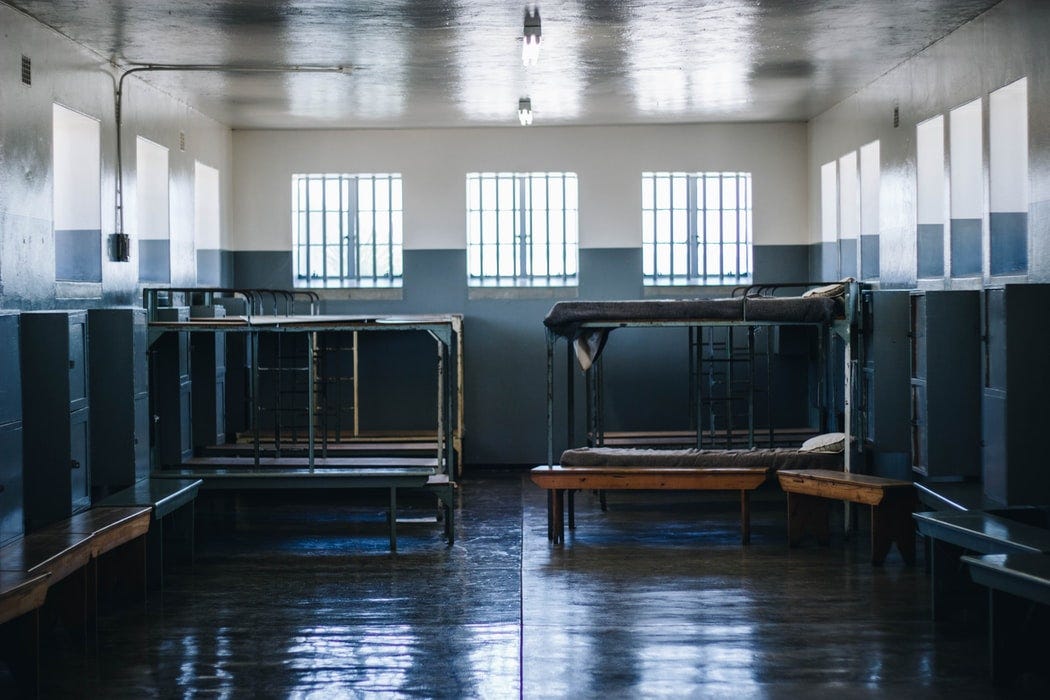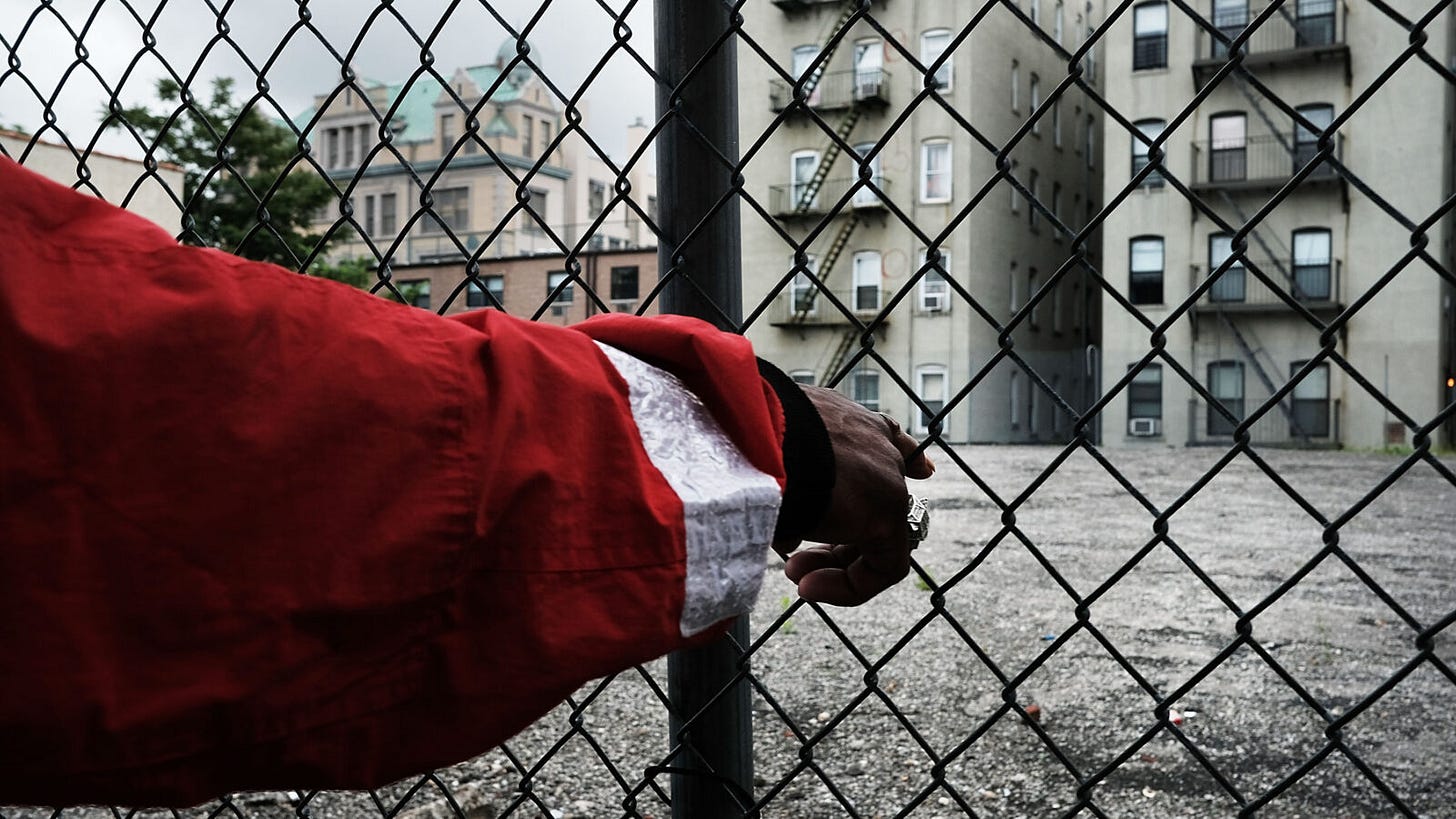Send in the Missionary Clowns🤡

Let justice roll down like waters.
Amos 5:24
(Editor’s Note: We took an unexpected few weeks off as our website crashed and schedules clashed to get everything up and going again. Here is the email we originally planned for the end of April. Rest assured we are getting back up and running with some exciting updates and changes coming soon.)
Dear Friends and Colleagues,
Confession time. I spent a summer in high school as a missionary clown. (And yes, this story does get back around to drug policy.)
I traveled with a group to visit Northern Ireland and then to London. We would set up a portable speaker in a prominent public space, and then they’d send in the clowns.
After a few minutes, a crowd of mostly parents with young children would gather. Once we reached a critical mass, we’d turn off the music and spread out armed with pockets full of “The Four Spiritual Laws,” a short tract, complete with illustrations, laying out the tenets of our faith and with an invitation to say the “sinner’s prayer” and become a Christian.
A few weeks into the trip, the leaders pulled all of us together for a pep talk. They shared stories of years past and all those who had been “saved” after a performance from other similar groups as ours.
Because this style of evangelism had “worked” in the past, it could “work” again.
Yes, the leaders acknowledged that some of the people we had tried to reach might have told us that our approach was off-putting.
Yes, maybe we did feel silly sometimes trying to have conversations about the state of a stranger's eternal soul while wearing clown makeup.
But the fact that we were willing to do something that might look like foolishness only proved how much faith we had.
When the mission is one of existential importance, shouldn’t you be willing to do anything, no matter how seemingly silly or extreme, in order to save another from the fires of hell?
By the end of the summer, I was convinced by the critics. Luckily, I also had many examples in my life of faith expressed very differently.
It took some time and wandering, but I was able to live into a Christianity that was good news for the poor, freedom for the oppressed, and had a mission to set the captives free.
The same reason I’m not out there anymore in a clown suit handing out tracts is the same reason I’m very careful about how I talk to others about finding recovery.
I’ve read a lot of criticism recently of harm reduction programs for their failure to promote recovery services.
Some folks have gone “undercover” to demonstrate that when they used a harm reduction program, they weren’t encouraged to go to rehab. Or, they interview the clients of harm reduction programs who will report that they haven’t been pushed towards sobriety.
This is then offered as evidence of the failure of harm reduction. The failure is considered especially egregious because the consequences of drug use in the age of unregulated illicit fentanyl is the constant possibility of sudden death.
Because of the dangers of the drug supply, this reasoning goes, we must be doing everything we can to get people into recovery. At every opportunity, we must share with others the “good news” and ensure that they are “saved.”
Now, I agree that we should be doing everything we can to get people into recovery. The stakes are astronomically high. It’s also possible that there are some programs out there that don’t do a good job of offering recovery resources to folks, even if they are ready.
What I take issue with is the idea that those who push recovery the hardest are truly the ones who care the most or are even the most effective spokespeople for recovery.
In my experience, the best advocates for recovery aren’t the ones who talk about it the most. Being a missionary clown might come from a desire to help, but that doesn’t justify doing “anything” to try and get others “saved.”
When a person begins using a syringe exchange program, studies show the likelihood of them finding recovery increases dramatically.
Why? In my experience, it is because harm reduction workers are doing the long and slow job of building relationships and trust. People who use drugs find a non-judgmental environment where they can safely explore what they want for their own lives.
The quote may be apocryphal, but to paraphrase a quote often attributed to St. Francis of Assisi, “Preach recovery at all times; when necessary, use words.”
It’s been a long time since I’ve put on a clown suit. But it hasn’t been that long since I had over a few packs of syringes to someone whom I had started to get to know.
They looked at me with hesitation at first and then blurted out, “Hey, you're in recovery, right? Can we talk?”
Those are some of the most beautiful words I ever hear.
Keep the faith,
Timothy McMahan King
Senior Fellow, CNDP
News Round-up researched and compiled by
Cassidy Willard, Research Associate- CNDP

Image Source: https://drugfree.org
Over half of the states in the United States have involuntary commitment laws for substance use issues. While these compulsory treatment laws vary by state, most allow a parent, guardian, or law enforcement officer to file a petition for mandatory treatment.
Compulsory treatment is different than the treatment being offered as opposed to imprisonment. In drug/mental health court someone is charged with a crime- usually a low-level drug offense- and offered substance disorder treatment instead of time in jail. In compulsory treatment, there is no crime. There is simply a petition for mandatory treatment followed by an evaluation by a healthcare professional and ordered addiction treatment. The amount of time in treatment differs by case and state. Ordered treatment can be for a few weeks or many months but it is not optional.
A 2016 study that conducted a systematic review of over 400 studies assessing the outcomes of compulsory treatment is often cited as the most comprehensive study on the effects of compulsory treatment. According to the study, “the majority of studies (78%) evaluating compulsory treatment failed to detect any significant positive impacts on drug use or criminal recidivism over other approaches, with two studies (22%) detecting negative impacts of compulsory treatment on criminal recidivism compared with control arms.”
Thus, not only are there very few positive impacts from compulsory treatment, but there are also negative impacts.

Another study compared relapse rates following compulsory treatment in drug detention centers (CDDC) in comparison to voluntary drug treatment centers. This study found that “opioid-dependent individuals in CDDCs are significantly more likely to relapse to opioid use after release, and sooner, than those treated with evidence-based treatments such as methadone, suggesting that CDDCs have no role in the treatment of opioid-use disorders."

Image Source: www.statnews.com
In a recent article, Sarah E. Wakeman, an addiction medicine physician and the medical director for substance use disorder at Mass General Brigham, focused on the dangers involved with involuntary treatment, specifically in Massachusetts.
Between 2011 and 2018, 42,853 people in Massachusetts were sent to involuntary treatment. According to Wakeman, in Massachusetts, the process of coerced treatment “begins when a family member or doctor or police officer petitions a judge to issue a warrant — yes, a warrant — for the individual. Then, the person is picked up by police and detained to come before a judge…”
The problems with coerced treatment are on full display in Massachusetts. According to the Massachusetts Public Department of Health, the risk of fatal overdose was 2 times higher after coerced treatment as opposed to voluntary treatment. Further, the risk of fatal overdose is 120 times higher among people recently released from correctional settings compared to voluntary treatment.

Clergy for a New Drug Policy joined the Drug Policy Alliance in a sign-on letter calling for President Biden to take action on legalizing cannabis.
You can add your name to the letter and take action.
Sign the letter now.


